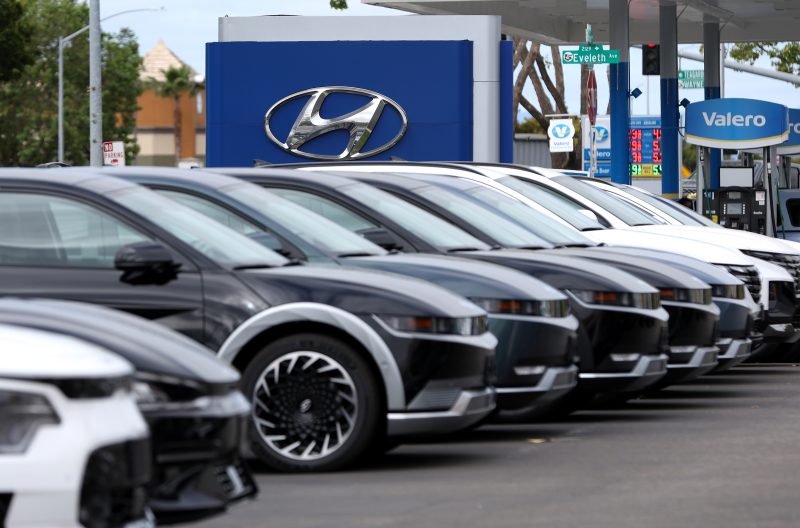
One in Five New Car Buyers Now Facing $1,000 Monthly Payments
The Rise of $1,000 Car Payments: A New Financial Reality
What was once considered an outlier is now becoming the norm: car payments of $1,000 or more. Recent data from Edmunds reveals a striking shift in automotive financing trends, with nearly one in five new car buyers taking on monthly payments at or above this threshold during the last quarter — a record high.
This trend reflects broader changes in how Americans are purchasing vehicles. Buyers are increasingly opting for larger loans, with the average financed amount reaching $42,388 for new cars — a staggering $10,000 increase since the end of 2019. While rising prices and trade policies have been blamed in some quarters, experts like Ivan Drury, Edmunds’ director of insights, point to another key factor: extended loan terms.
The Shift Toward Longer Loan Terms
The rise in $1,000 payments isn’t necessarily due to consumers buying more expensive cars. Instead, more buyers are choosing longer-term loans. Loans lasting 84 months or more now account for 22.4% of new-vehicle financing — up from 17.6% just a year ago. At the same time, average down payments have actually decreased by about $150 compared to the previous year, further stretching out the total amount financed.
While these longer payment plans offer short-term relief by lowering monthly costs, they come with long-term risks. Interest rates remain historically elevated, hovering around 7% for new-car loans. Additionally, zero-percent financing offers — once a common promotional tool — have all but vanished, making up only 0.9% of new loans, the lowest level in over two decades.
The Growing Burden of Auto Debt
Auto loans now represent the second-largest category of consumer debt in the U.S., trailing only mortgages, with more than $1.64 trillion in outstanding balances. Americans are borrowing more money, for longer periods, and at higher interest rates than ever before — raising concerns among analysts about whether a potential auto loan bubble could be forming.
Monthly payments for new cars have increased significantly since the pandemic, climbing from an average of $570 in 2019 to $756 today — a jump of more than 30%. This growing financial burden has led to increased delinquency rates, particularly among subprime borrowers. According to Fitch Ratings, earlier this year saw the highest rate of 60-day delinquencies among subprime auto borrowers since 1994.
However, not all indicators suggest a crisis. Experian’s first-quarter report shows a slight improvement in payment behavior, with the share of auto loans and leases that are 30 days overdue dropping from 2.1% at the start of 2024 to 1.95% in early 2025. Meanwhile, the percentage of 60-day delinquencies remained stable during the same period.
Consumer Behavior Amid Economic Uncertainty
Some of the recent shifts in car financing can be traced back to earlier economic anxieties. Warnings from automakers about potential price hikes tied to tariffs under former President Donald Trump spurred a wave of preemptive buying. That surge may have encouraged some consumers to take on larger loans than they originally planned, locking in purchases before anticipated cost increases.
Still, Drury cautions that while consumers are using available tools to manage affordability, such as stretching out loan terms, these strategies often result in higher overall costs and greater financial strain in the long run.
As vehicle ownership becomes increasingly expensive, many Americans now find themselves facing a dilemma: keep up with rising payments or risk falling into deeper debt. With no clear signs of reversal, the $1,000 car payment appears to be more than just a passing phase — it’s becoming a fixture of modern car ownership.